Commercial Investors: Increase Your Rental Income with a Mezzanine

26 May 2023
By Aaron Barker, Head of Sales
Mezzanines offer extra space, flexibility and storage for occupants – and can significantly increase the rental value of your property.
In this article, Steelcorp’s Aaron Barker and Buyers Agent Steve Palise discuss how and when to add a mezzanine to your building, and how investors can maximise this investment for consistently higher rental returns over the life of your building.
CONTENTS
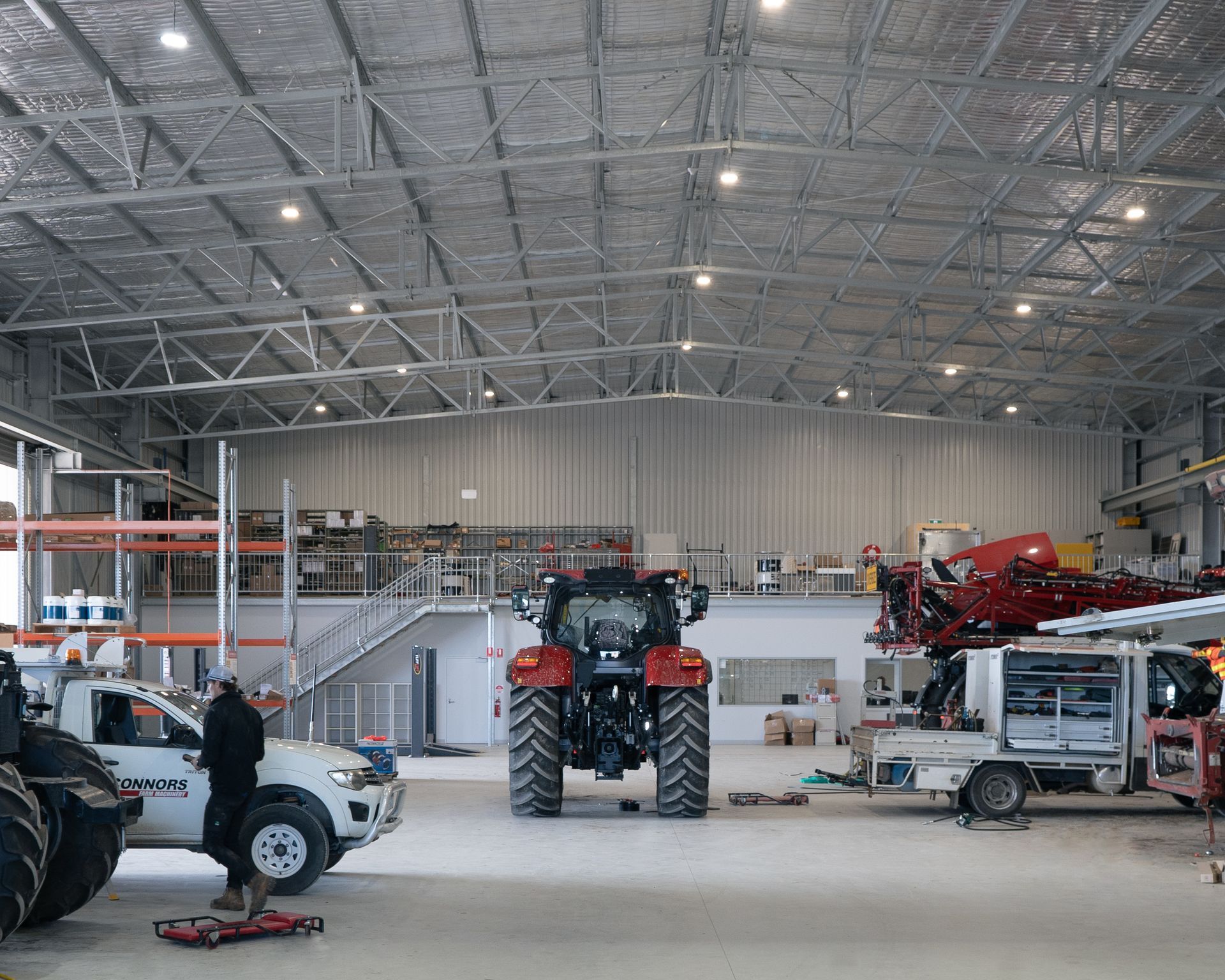
How a Mezzanine Adds Value to Your Commercial Structure
IN BRIEF:
- Adding a mezzanine to an industrial or commercial building structure can significantly increase its value by increasing the available floor area, providing a strong incentive for commercial property investors.
- Whilst tenants benefit from increased floor space and more flexible storage options, property owners gain additional square meterage that can significantly increase rental profits.
- The best time to add a mezzanine is prior to construction. Adding a mezzanine during the initial design stage means you can save on structural engineering costs by tucking office space underneath, negating the need for separate engineering of external offices.
- If you’re adding a mezzanine after the initial construction is complete, be wary of how the increased floor area can impact your council approvals.
If you’re an investor building a commercial or industrial structure with the intent to lease, it’s worth thinking about the different types of businesses and tenants you intend to attract. Mezzanines can be tailored to suit different needs, and are an incredibly efficient way to increase the square meterage size of your building.
Adding a mezzanine with adequate ceiling height increases the total leasable floor space, and the initial upfront building cost is quickly repaid in rental income.
A Smart Option for Sustainable Investment Returns
Australian Property Investor reports that commercial property investment in today’s economic climate requires a sound investment strategy and a solid understanding of potential risks to achieve and maintain maximum yields. Smart investors should look at factors such as the stability of rental income over and above short-term metrics like return on equity, as rent offers a steady, continual source of income.
“Rental yield can be used to compare the return on investment between different properties before you invest, helping you to make an informed decision. A high rental yield means the property is generating a high income compared to its cost, which suggests it has the potential for generating profit.”
One of the simplest ways to maximise yield is by
designing a commercial structure with an optimised floor area.
With rental yields inextricably linked to square meterage, the inclusion of a mezzanine can increase the square metre size of your property by an average of 25%, when you consider that many mid sized industrial buildings feature a mezzanine that extends around a quarter of the length of the structure.
Some mezzanines are smaller of course, but all contribute to the usable space of the building, and in turn the total floor area. Allowing for adequate roof height will also increase the potential for rental yields and ensure you are not obliged to settle for a significantly decreased m2 cost if the ceiling height above the mezzanine is impractically low.
Buyers Agent and commercial property expert Steve Palise advises that getting the ratio of office to storage space is another important factor for investors.
“Your mezzanine needs to be fit for purpose to attract the right tenants: certain regions tend to prefer more office to storage and vice versa,” notes Steve.
- Steve Palise, Palise Property
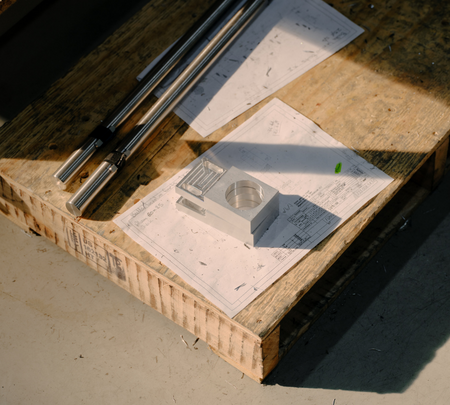
Offices Under a Mezzanine: The Most Efficient Design
For investors looking to build a new structure, it’s worth noting that building an office underneath a mezzanine rather than adding external offices is vastly more efficient. By taking this approach, you can increase the building’s storage area, get a fully functional office space, and have the overall building engineered as one structure – something that is not always possible when you opt for an external office.
Steelcorp’s Head of Sales, Aaron Barker, has achieved significant cost savings for clients in the past by recommending internal office space under a mezzanine, eliminating the need for a whole separate structural engineering project that is typically required for offices that are positioned outside the main structure.
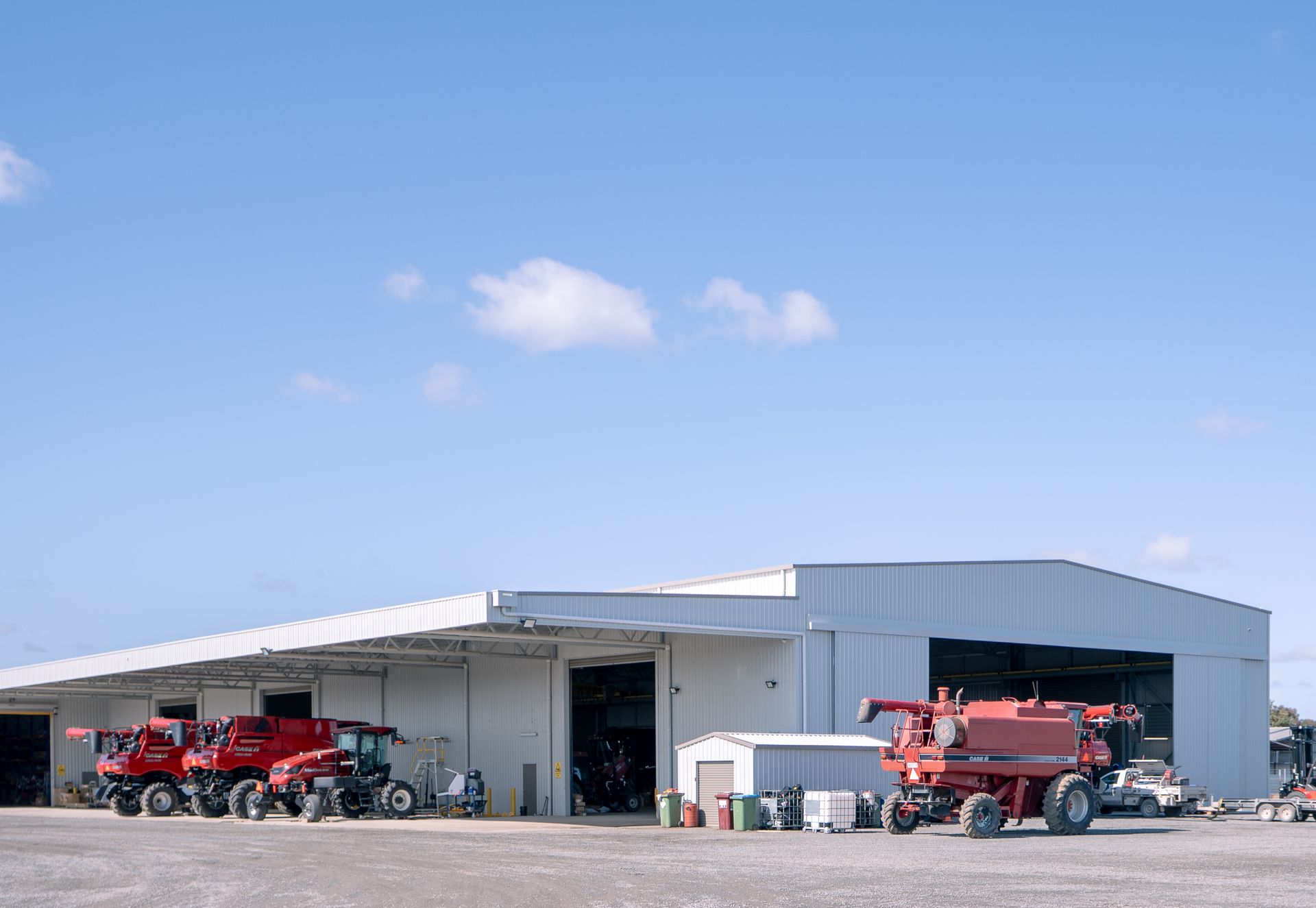
Navigating Mezzanine Additions
It’s not always possible to start from scratch, particularly for investors looking to buy an existing commercial property. However, Steve Palise advises that adding a mezzanine to an existing building can be done – with a few caveats.
“Mezzanines can often be built at the tenant’s expense. If this is the case, make sure the lease clearly stipulates who owns the mezzanine,” cautions Steve.
“Get all registrations, compliance, and engineering checks in order and always ensure the construction is handled by registered builders.”
Steve also says that the additional floor space created by a mezzanine can have a knock-on effect on council approvals. Property owners looking to build a mezzanine should be wary of potential changes to requirements such as car parking: more floor area can potentially mean more employees, so you’ll need to allow for additional parking facilities.
“Before you buy a property with an intention to build a mezzanine area, make sure you speak with the local council and town planner. Mezzanines can often be rejected if additional car parks are not available, especially in body corporate buildings.” - Steve Palise, Palise Property
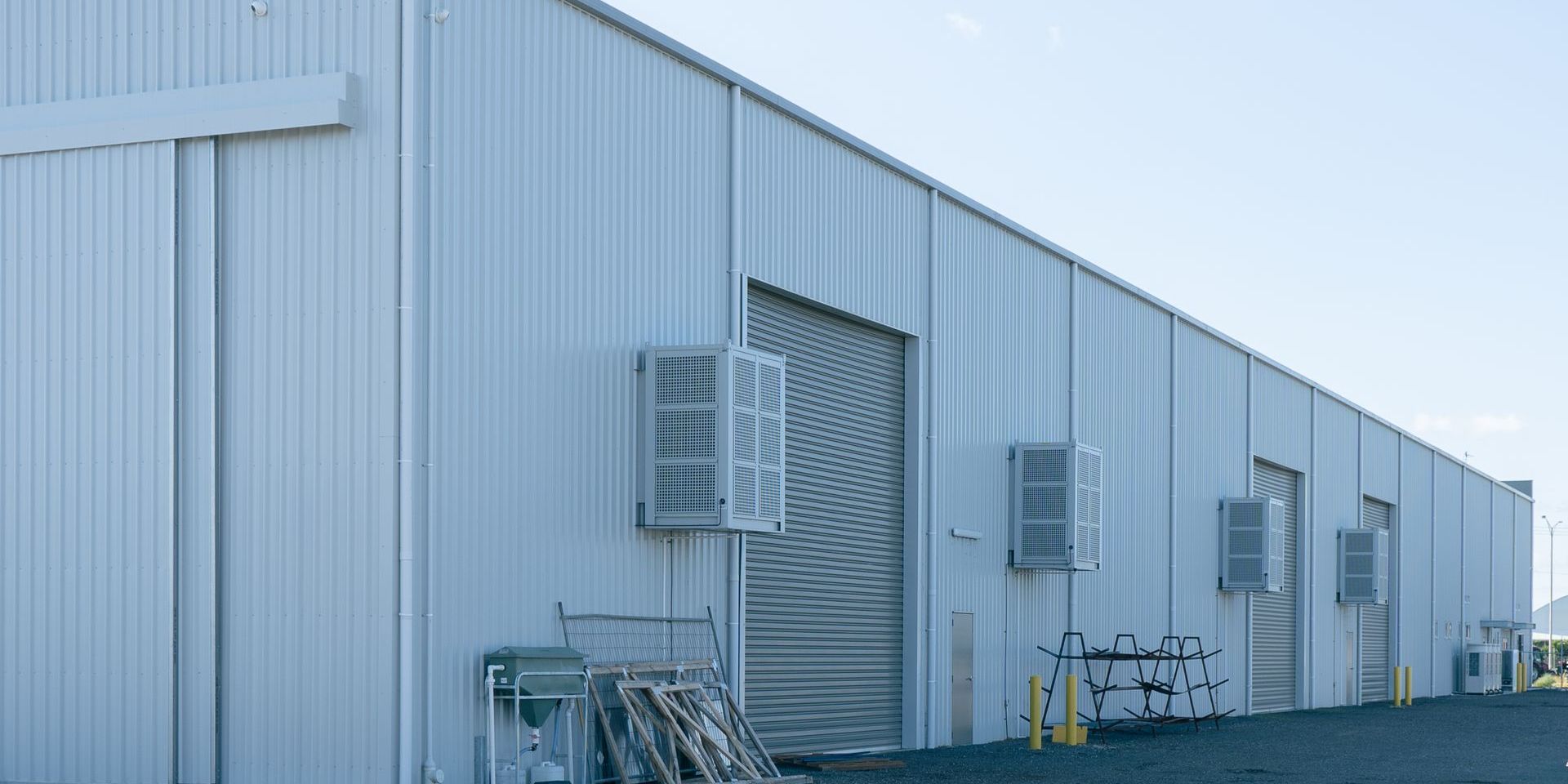
Example: Potential Rental Returns on this Commercial Building in Shepparton
This spacious workshop, office and showroom structure was designed by Steelcorp and is occupied by CASE O’Connors.
An internal mezzanine floor runs the width of the building, adding a 27m wide platform with professional offices underneath.
The Shepparton structure is an excellent example of an efficiently designed building that is perfectly placed for positive future investment returns.
Whilst CASE O’Connors are happy in their current building, we can use the structure’s design to illustrate the potential value added by a mezzanine floor.
Steelcorp designed this building with a 27m x 22m mezzanine, adding a further 594 sqm to the structure’s usable floor space.
Consider potential returns without the mezzanine:
- Main floor area = 2484 sqm
- Rental potential per sqm = $150
- Rental income = $372,000
Now, let’s look at this scenario with 594sqm additional space thanks to the mezzanine:
- Main floor area = 2484 sqm
- Plus mezzanine = 594sqm
- New total floor area = 3087sqm
- Rental potential per sqm = $150
- Rental income = $461,700
This example gives a potential increase in rent of $89,700.
With the initial cost of a mezzanine floor of this size sitting at around $180-200K (supplied & installed), the building owner can make a tidy profit in a short time frame.
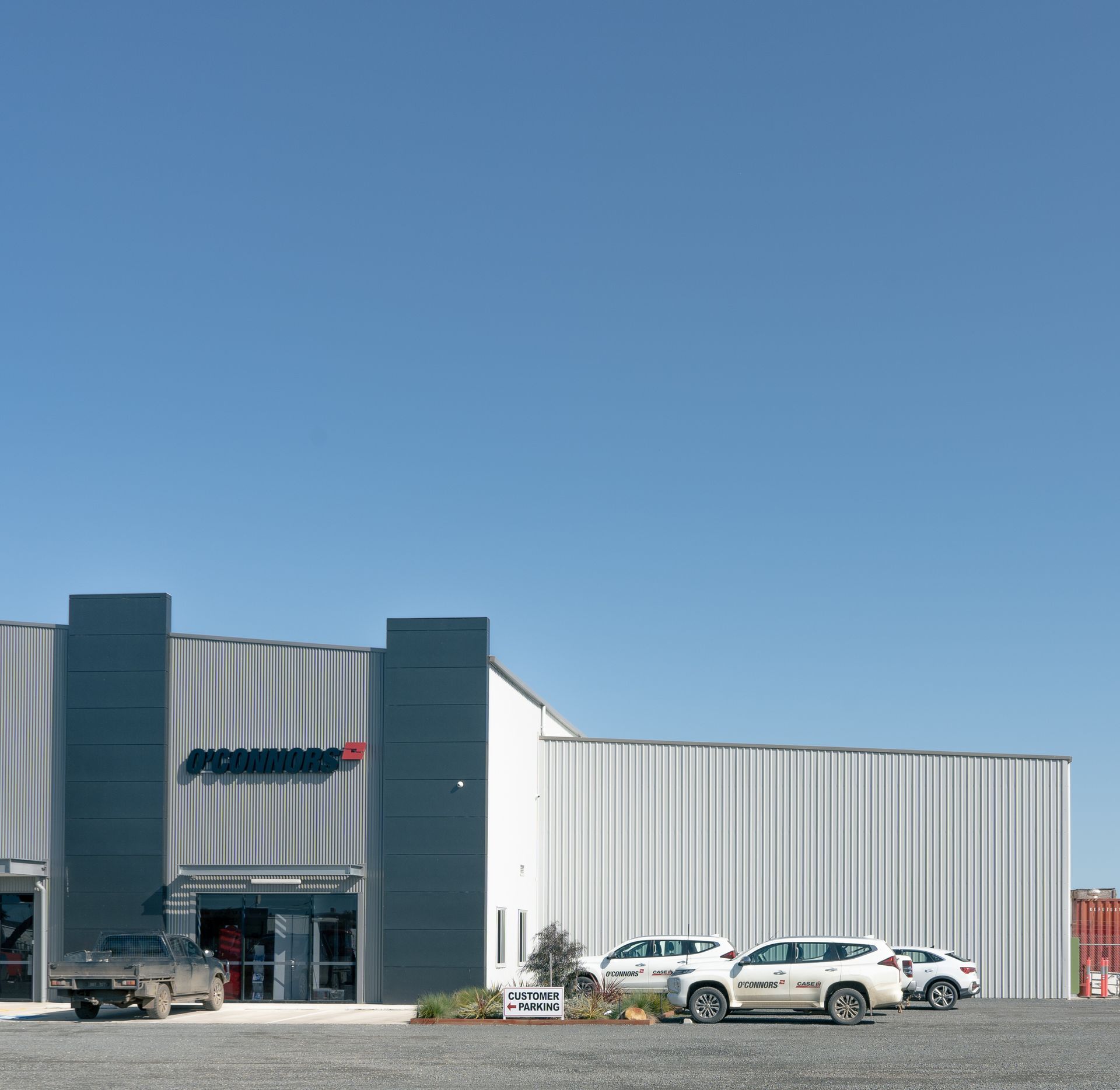
“An effective mezzanine floor plan can help you make better use of the height in your building, turning unused space into a permanent income-generating feature,” says Aaron.
- Aaron Barker, Steelcorp
In Summary
“Mezzanine floors offer attractive benefits to investors, tenants and owner-occupiers, but make sure you do your research before adding a mezzanine to an existing building. And if you’re building a new structure, you can save time and reduce your structural engineering costs by using a design that utilises the space under the mezzanine for an office area,” advises Aaron.
The figures quoted here are rough examples, but the team at Steelcorp is here to help you calculate a more concrete ROI based on your individual situation.
Your future intentions for the building, growth plans, local council regulations and operational requirements all have an impact on building design, so it’s worth getting expert advice before you build.
Exclusive Offer for Steelcorp Readers
In Commercial Property Investing Explained Simply, author Steve Palise discusses how to find the best property for you, crunch the numbers, do the due diligence, find and manage tenants and much more.
To receive your free copy valued at $34.95, visit Palise Property and use the code STEELCORP at checkout.
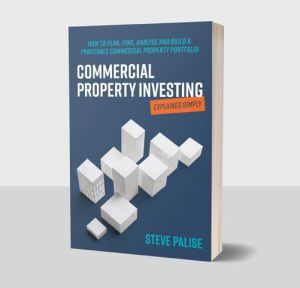
Subscribe to our newsletter
Thank you.
Please try again later.
CONNECT
WEBSITE
© STEELCORP 2023
